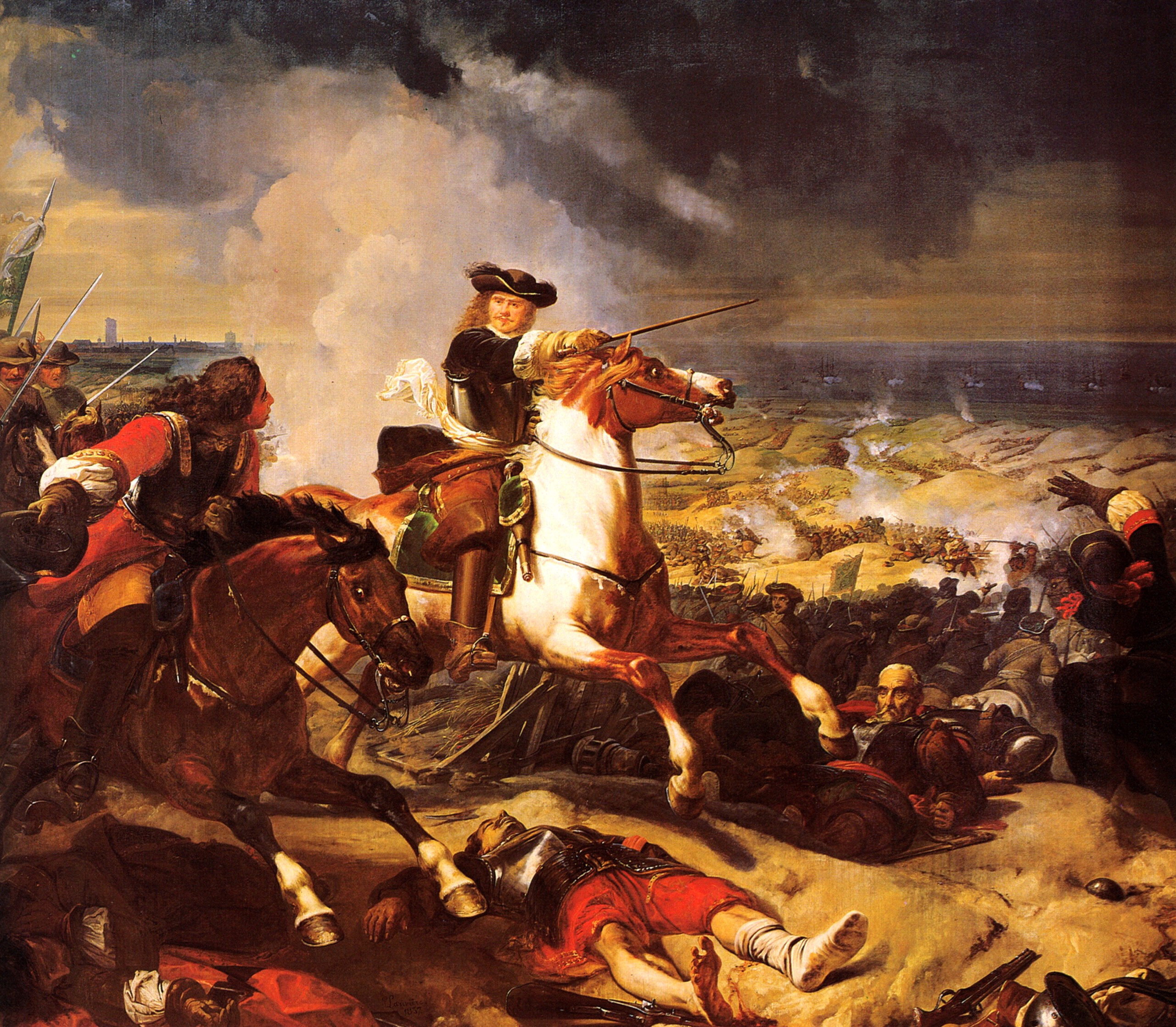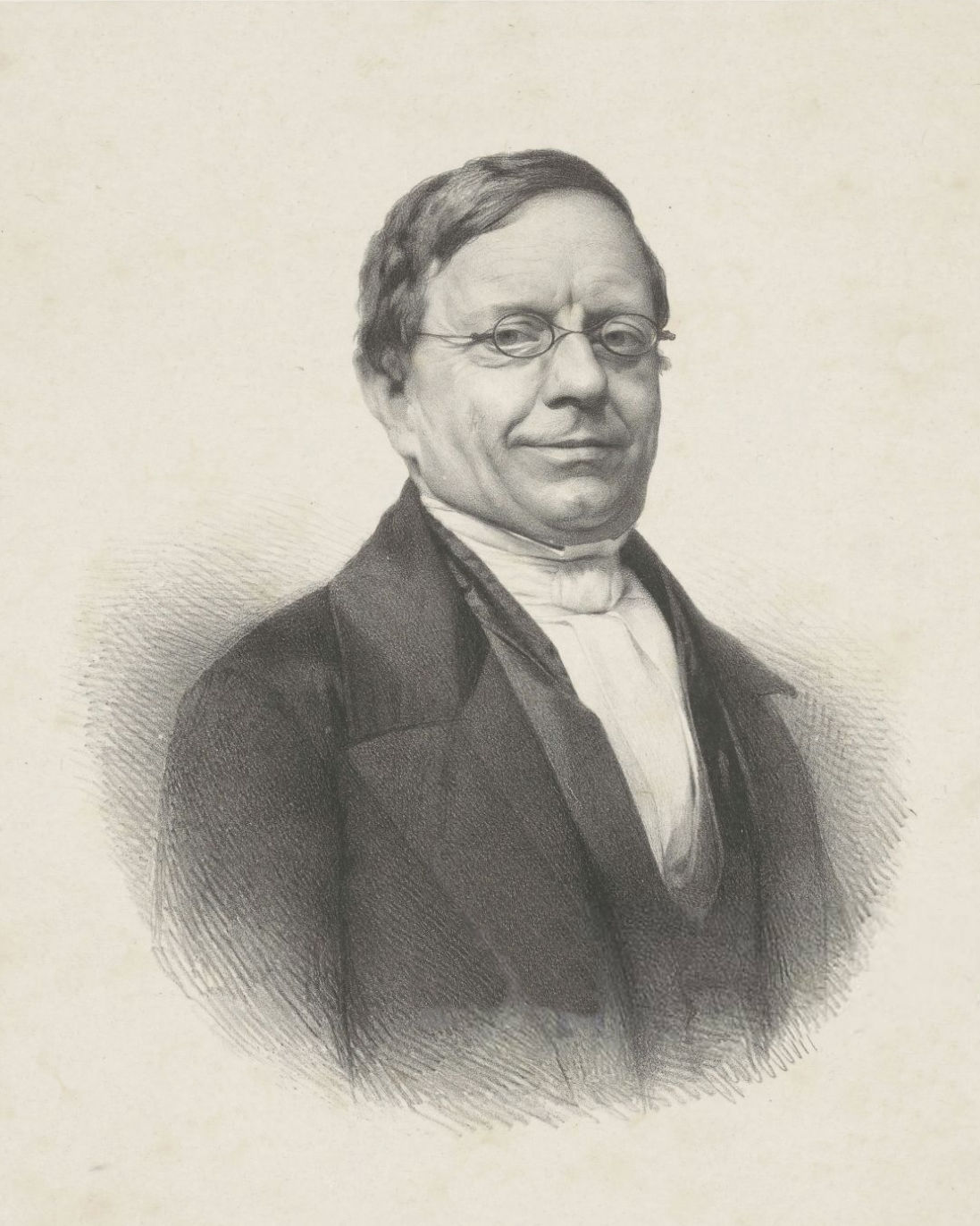|
Sophia Holt
Sophia Holt (1658 – 1734), was an 18th-century painter from the Northern Netherlands. Biography Holt was born in Zwolle as the daughter of the city secretary Johan Holt.Sophia Holt Biography in historici.nl Along with her cousins Aleida Greve, Anna Cornelia Holt and Cornelia van Marle, she followed drawing and painting lessons in the Zwolle studio of Wilhelmus Beurs, who dedicated his book "De groote waereld in 't kleen geschildert" to this group of women. He put Sophia's name at the top, and mentioned that she was the housewife of Mattheus Noppen, whom she had married in 1689. According to the RKD she was the pupil of Wilhelmus Beurs for 4 years.Sophia Holt in t ... [...More Info...] [...Related Items...] OR: [Wikipedia] [Google] [Baidu] |
Gesina Ter Borch
Gesina ter Borch (Deventer 15 November 1631 – Zwolle 16 April 1690) was a Dutch Golden Age watercolorist and draftswoman, whose work mostly consists of watercolor paintings in albums. Most of her work captured her observations of family life, current events, and fashionable people. In addition to the visual arts, Gesina wrote love poetry. Biography Gesina ter Borch was born on 15 November 1631 in Deventer in the Dutch Republic. She was the first child of the third marriage of Gerard ter Borch the Elder, who taught her to draw and paint. Her half-brother Gerard ter Borch II enjoyed artistic success and corresponded with Gesina frequently. After the loss of her younger brother, Moses, to the Second English War, Gesina's work conveyed her deep sadness.Gesina ter Borch in the |
18th-century Dutch Women Artists
The 18th century lasted from January 1, 1701 ( MDCCI) to December 31, 1800 ( MDCCC). During the 18th century, elements of Enlightenment thinking culminated in the American, French, and Haitian Revolutions. During the century, slave trading and human trafficking expanded across the shores of the Atlantic, while declining in Russia, China, and Korea. Revolutions began to challenge the legitimacy of monarchical and aristocratic power structures, including the structures and beliefs that supported slavery. The Industrial Revolution began during mid-century, leading to radical changes in human society and the environment. Western historians have occasionally defined the 18th century otherwise for the purposes of their work. For example, the "short" 18th century may be defined as 1715–1789, denoting the period of time between the death of Louis XIV of France and the start of the French Revolution, with an emphasis on directly interconnected events. To historians who exp ... [...More Info...] [...Related Items...] OR: [Wikipedia] [Google] [Baidu] |
18th-century Dutch Painters
The 18th century lasted from January 1, 1701 ( MDCCI) to December 31, 1800 ( MDCCC). During the 18th century, elements of Enlightenment thinking culminated in the American, French, and Haitian Revolutions. During the century, slave trading and human trafficking expanded across the shores of the Atlantic, while declining in Russia, China, and Korea. Revolutions began to challenge the legitimacy of monarchical and aristocratic power structures, including the structures and beliefs that supported slavery. The Industrial Revolution began during mid-century, leading to radical changes in human society and the environment. Western historians have occasionally defined the 18th century otherwise for the purposes of their work. For example, the "short" 18th century may be defined as 1715–1789, denoting the period of time between the death of Louis XIV of France and the start of the French Revolution, with an emphasis on directly interconnected events. To historians who expan ... [...More Info...] [...Related Items...] OR: [Wikipedia] [Google] [Baidu] |
17th-century Women Artists
The 17th century lasted from January 1, 1601 (Roman numerals, MDCI), to December 31, 1700 (Roman numerals, MDCC). It falls into the early modern period of Europe and in that continent (whose impact on the world was increasing) was characterized by the Baroque cultural movement, the latter part of the Spanish Golden Age, the Dutch Golden Age, the French ''Grand Siècle'' dominated by Louis XIV, the Scientific Revolution, the world's first public company and megacorporation known as the Dutch East India Company, and according to some historians, the General Crisis. From the mid-17th century, European politics were increasingly dominated by the Kingdom of France of Louis XIV, where royal power was solidified domestically in the civil war of the Fronde. The semi-feudal territorial French nobility was weakened and subjugated to the power of an absolute monarchy through the reinvention of the Palace of Versailles from a hunting lodge to a gilded prison, in which a greatly expanded royal ... [...More Info...] [...Related Items...] OR: [Wikipedia] [Google] [Baidu] |
17th-century Dutch Painters
The 17th century lasted from January 1, 1601 ( MDCI), to December 31, 1700 ( MDCC). It falls into the early modern period of Europe and in that continent (whose impact on the world was increasing) was characterized by the Baroque cultural movement, the latter part of the Spanish Golden Age, the Dutch Golden Age, the French ''Grand Siècle'' dominated by Louis XIV, the Scientific Revolution, the world's first public company and megacorporation known as the Dutch East India Company, and according to some historians, the General Crisis. From the mid-17th century, European politics were increasingly dominated by the Kingdom of France of Louis XIV, where royal power was solidified domestically in the civil war of the Fronde. The semi-feudal territorial French nobility was weakened and subjugated to the power of an absolute monarchy through the reinvention of the Palace of Versailles from a hunting lodge to a gilded prison, in which a greatly expanded royal court could be more easily k ... [...More Info...] [...Related Items...] OR: [Wikipedia] [Google] [Baidu] |
1734 Deaths
Events January– March * January 8 – Salzburgers, Lutherans who were expelled by the Roman Catholic Bishop of Salzburg, Austria, in October 1731, set sail for the British Colony of Georgia in America. * February 16 – The Ostend Company, established in 1722 in the Austrian Netherlands (modern-day Belgium) to compete for trade in the West Indies (the Caribbean islands) and the East Indies (south and southeast Asia), ceases business as part of the agreement by Austria in the Second Treaty of Vienna. * March 12 – Salzburgers arrive at the mouth of the Savannah River in the British Colony of Georgia. April–June * April 25 – Easter occurs on the latest possible date (the next time is in 1886). * May 15 – Prince Charles of Spain (later King Charles III) becomes the new King of Naples and Sicily, five days after his arrival in Naples. * May 25 – Spanish forces under the command of José Carrillo de Albornoz, 1st Duke of Mo ... [...More Info...] [...Related Items...] OR: [Wikipedia] [Google] [Baidu] |
1658 Births
Events January–March * January 13 – Edward Sexby, who had plotted against Oliver Cromwell, dies in the Tower of London. * January 30 – The " March Across the Belts" (''Tåget över Bält''), Sweden's use of winter weather to send troops across the waters of the Danish straits at a time when winter has turned them to ice, begins. Within 17 days, Sweden's King Karl X Gustav leads troops across the ice belts to capture six of Denmark's islands as Swedish territory. * February 5 – Prince Muhi al-Din Muhammad, one of the sons of India's Mughal, Emperor Shah Jahan, proclaims himself Emperor after Jahan names Muhi's older brother, Dara Shikoh, as regent, and departs from Aurangabad with troops. * February 6 – Swedish troops of Charles X Gustav of Sweden cross The Great Belt in Denmark, over frozen sea. * March 8 (February 26 OS) – The peace between Sweden and Denmark is concluded in Roskilde by the Treaty of Roskilde, under which Denmark ... [...More Info...] [...Related Items...] OR: [Wikipedia] [Google] [Baidu] |
Van Der Aa
Abraham Jacob van der Aa (7 December 1792, Amsterdam – 21 March 1857, Gorinchem) was a Dutch writer best known for his dictionaries, one of notable people and the other of notable places in the Netherlands. He was born in Amsterdam in 1792. His father was a lawyer. From the ages of 6 to 12, he visited the dayschool in Amstelveen. After that, he was sent to the boarding school of J.E. van Iterson in Aarlanderveen but only stayed there for a year. After a short stay at the Latin school in Leiden, where his parents lived at that time, he was sent to the Seminarium in Lingen, Germany to study the "dead languages". After his return in 1810, he went to medical school in Leiden, but had to leave after his father's death. He later did his mandatory military service until 1817. At that point he tried to open a bookshop in Leuven but this wasn't a success so he became a teacher in the Dutch language. After 1839 he moved to Gorinchem, where he wrote several reference works, including a ... [...More Info...] [...Related Items...] OR: [Wikipedia] [Google] [Baidu] |
Zwolle
Zwolle () is a city and municipality in the Northeastern Netherlands. It is the capital of the province of Overijssel and the province's second-largest municipality after Enschede with a population of 130,592 as of 1 December 2021. Zwolle is on the border with Gelderland, which follows the river IJssel, and is located about 50 km north east of Utrecht and 85 km south west of Groningen. The current Mayor of Zwolle is Lorenzo Brands. History Archaeological findings indicate that the area surrounding Zwolle has been inhabited for a long time. A woodhenge that was found in the Zwolle-Zuid suburb in 1993 was dated to the Bronze Age period. During the Roman era, the area was inhabited by Salian Franks. The modern city was founded around 800 CE by Frisian merchants and troops of Charlemagne. Previous spellings of its name include the identically pronounced ''Suolle'', which means "hill" (cf. the English cognate verb "to swell"). This refers to an incline in the landscape betwee ... [...More Info...] [...Related Items...] OR: [Wikipedia] [Google] [Baidu] |
Joanna Koerten
Joanna Koerten, (married name Joanna Block) (17 November 1650 in Amsterdam – 28 December 1715 in Amsterdam) was a Dutch artist who excelled in painting, drawing, embroidery, glass etching, and wax modeling. She achieved fame as a silhouette cutter, the art of creating outline images from pieces of cut paper mounted on a contrasting background. She produced landscapes, seascapes, flowers, portraits, and religious scenes in this medium. Her clients included Peter the Great of Russia, Frederick Elector of Brandenburg, Johan de Witt and William III of England.Joanna Koerton at the Dinner Party database of notable women. Brooklyn Museum. Accessed April 2011. [...More Info...] [...Related Items...] OR: [Wikipedia] [Google] [Baidu] |
Norwich
Norwich () is a cathedral city and district of Norfolk, England, of which it is the county town. Norwich is by the River Wensum, about north-east of London, north of Ipswich and east of Peterborough. As the seat of the See of Norwich, with one of the country's largest medieval cathedrals, it is the largest settlement and has the largest urban area in East Anglia. The population of the Norwich City Council local authority area was estimated to be 144,000 in 2021, which was an increase from 143,135 in 2019. The wider built-up area had a population of 213,166 in 2019. Heritage and status Norwich claims to be the most complete medieval city in the United Kingdom. It includes cobbled streets such as Elm Hill, Timber Hill and Tombland; ancient buildings such as St Andrew's Hall; half-timbered houses such as Dragon Hall, The Guildhall and Strangers' Hall; the Art Nouveau of the 1899 Royal Arcade; many medieval lanes; and the winding River Wensum that flows through the city ... [...More Info...] [...Related Items...] OR: [Wikipedia] [Google] [Baidu] |








